
Linda Pauling and her father enjoying a calmer moment with a dog in 1934.
[In honor of the dog days of summer, we present here a fictional “L.A. noir” retelling of real events documented by Linus Pauling on July 19, 1961.]
The sun beat down on Pasadena in the middle of the Summer in California, and the pavement was so hot you could cook an egg, if you liked your egg full of broken glass and cigarette butts instead of salt and pepper.
Linus Pauling didn’t, so he had gone out to lunch instead. It was just after 1 o’clock in the afternoon on an entirely typical Wednesday, and the professor was headed back to the campus of the California Institute of Technology, where he was teaching chemistry. He did it mostly for the chemistry, which was why he had met a girl he eventually married as an instructor back in Oregon, but the teaching was the part that paid (at least, in legal American tender).
California agreed with Pauling, though he didn’t always agree with it. The back yard of a house on San Pasqual Street he was walking past was quite the example. The professor shook his head in despair. Some people just don’t know how to take care of the world we live in. The place was overgrown, the grass was dead, and there was a trash bag next to the road and… Wait a minute, Pauling scratched his head in wonderment. Is that dog off its leash?
A large black French Poodle ran up to a wire fence and barked at him. Strange, Pauling considered. I’m not whistling or doing anything to provoke this animal in any way… why would this dog be so agitated? But, with his mind still buzzing over questions of atomic valences he had been puzzling over back at the lab, he quickly put the thought away as the dog ran off farther down the fence line behind some hedges.
Pauling had only gone another five or six strides down the sidewalk when suddenly, in a flash of white blinding pain, his arm was seized. Good God! Has it been lying in wait for me? The sleeve of his shirt tore and was speckled with blood, and he howled in agony as the dog’s gleaming teeth sank back behind the fence while the thunderous barking continued. Pauling, clutching ineffectually at his mangled appendage, staggered from the scene of the crime in a blur. Wounded though he was, his keen scientific mind analyzed the situation with precision and clarity. The sidewalk was only five feet wide. The animal approximately four feet long. For it to place its hind legs on the fence and lean over half its body out over the edge to attack me in such a way, it must have learned this behavior over many repeated attempts…
The dog had almost certainly seen him coming, barked at him, and noting his direction, had retreated to farther down the sidewalk where it could hide behind a hedge row and launch a surprise attack. The professor’s mind has honed by the adrenaline now coursing through his veins, and he took stock of the situation.
Two gashes on the left arm, each between one-half and five-eighths of an inch long, two puncture wounds made by the dog’s teeth, and one torn shirt which Mama will most likely be thankful not to press again. She’s always complained about the color ‘mustard’ on a man… said its the sort of thing that should only be on a shirt if you’re a sloppy eater. He almost smiled in spite of himself.
At least I wasn’t wearing my favorite coat…
But even Pauling’s trademark optimism quickly disintegrated as the dark nature of the event dawned on him: After all, there were no witnesses.
This was no accident. The dog had purposely prepared to attack him, lurking in the shadows, just biding its time, waiting to jump him. Obviously the whole thing was a set up. Pauling felt dizzied with his failure to see it coming. But who was behind it all? Though there were no witnesses to the savaging he had received, Pauling brazenly approached the house in question and found two women within. It was high time he got some answers.
Continue reading →
Filed under: Just for fun | Tagged: dogs, fiction, Linus Pauling | 1 Comment »














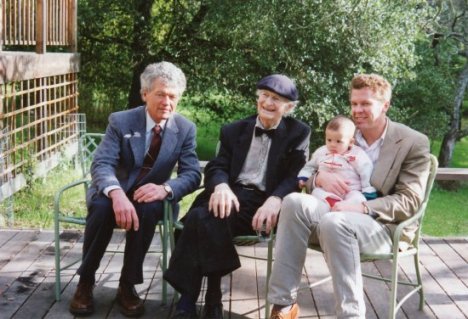

![1963i.037-[3967]-300dpi-550w](https://paulingblog.files.wordpress.com/2017/07/1963i-037-3967-300dpi-550w.jpg?w=468)
![1964i.035-[1329]-300dpi-550w](https://paulingblog.files.wordpress.com/2017/07/1964i-035-1329-300dpi-550w.jpg?w=468)




![1970i.013-[1397]-300dpi-550w](https://paulingblog.files.wordpress.com/2017/07/1970i-013-1397-300dpi-550w.jpg?w=468)
![1971i.012-[2519]-300dpi-550w](https://paulingblog.files.wordpress.com/2017/07/1971i-012-2519-300dpi-550w.jpg?w=468)
![1971i.024-[3413]-300dpi-550w](https://paulingblog.files.wordpress.com/2017/07/1971i-024-3413-300dpi-550w.jpg?w=468)

![1972i.016-[2529]-300dpi-550w](https://paulingblog.files.wordpress.com/2017/07/1972i-016-2529-300dpi-550w.jpg?w=468)

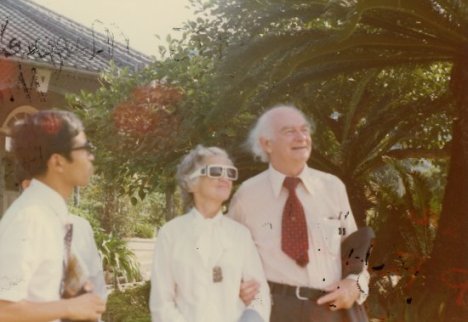
![1975i.097-[2171]-300dpi-550w](https://paulingblog.files.wordpress.com/2017/07/1975i-097-2171-300dpi-550w.jpg?w=468)
![1977i.014-[1887]-300dpi-550w](https://paulingblog.files.wordpress.com/2017/07/1977i-014-1887-300dpi-550w.jpg?w=468)
![1977i.033-[3184]-300dpi-550w](https://paulingblog.files.wordpress.com/2017/07/1977i-033-3184-300dpi-550w.jpg?w=468)
![1977i.044-[1930]-300dpi-550w](https://paulingblog.files.wordpress.com/2017/07/1977i-044-1930-300dpi-550w.jpg?w=468)


![1978i.054-[2654]-300dpi-550w](https://paulingblog.files.wordpress.com/2017/07/1978i-054-2654-300dpi-550w.jpg?w=468)

![1931i.040-[3937]-300dpi-550w](https://paulingblog.files.wordpress.com/2017/07/1931i-040-3937-300dpi-550w.jpg?w=468)
![1933i.009-[554]-300dpi-550w](https://paulingblog.files.wordpress.com/2017/07/1933i-009-554-300dpi-550w.jpg?w=468)
![1934i.005-[548]-300dpi-550w](https://paulingblog.files.wordpress.com/2017/07/1934i-005-548-300dpi-550w.jpg?w=468)

![1935i.012-[1564]-300dpi-550w](https://paulingblog.files.wordpress.com/2017/07/1935i-012-1564-300dpi-550w.jpg?w=468)

![1938i.011-[933]-300dpi-550w](https://paulingblog.files.wordpress.com/2017/07/1938i-011-933-300dpi-550w.jpg?w=468)
![1939i.005-[920]-300dpi-550w](https://paulingblog.files.wordpress.com/2017/07/1939i-005-920-300dpi-550w.jpg?w=468)
![1940i.025-[683]-300dpi-550w](https://paulingblog.files.wordpress.com/2017/07/1940i-025-683-300dpi-550w.jpg?w=468)

![1947i.022-[2046]-300dpi-550w](https://paulingblog.files.wordpress.com/2017/07/1947i-022-2046-300dpi-550w.jpg?w=468)


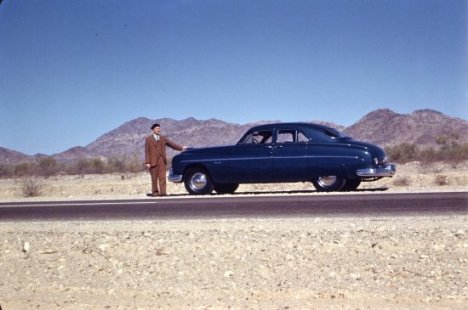

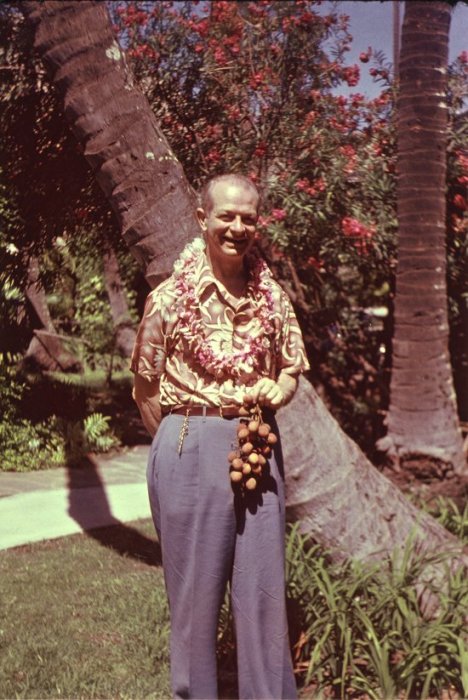

![1953i.025-[2413]-300dpi-550w](https://paulingblog.files.wordpress.com/2017/07/1953i-025-2413-300dpi-550w.jpg?w=468)

![1954i.038-[1447]-300dpi-550w](https://paulingblog.files.wordpress.com/2017/07/1954i-038-1447-300dpi-550w.jpg?w=468)
![1954i.046-[1645]-300dpi-550w](https://paulingblog.files.wordpress.com/2017/07/1954i-046-1645-300dpi-550w.jpg?w=468)

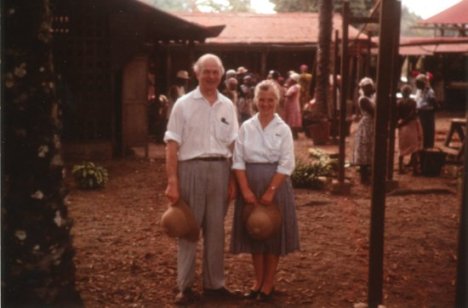
![1902i.002-[36]-300dpi-900w](https://paulingblog.files.wordpress.com/2017/07/1902i-002-36-300dpi-900w.jpg?w=521&h=946)
![1906i.002-[16]-300dpi-900w](https://paulingblog.files.wordpress.com/2017/07/1906i-002-16-300dpi-900w.jpg?w=522&h=1008)
![1908i.1-[33]-300dpi-900w](https://paulingblog.files.wordpress.com/2017/07/1908i-1-33-300dpi-900w.jpg?w=522&h=364)

![1917i.003-[123]-300dpi-900w](https://paulingblog.files.wordpress.com/2017/07/1917i-003-123-300dpi-900w.jpg?w=529&h=739)
![1918i.029-[21]-300dpi-900w](https://paulingblog.files.wordpress.com/2017/07/1918i-029-21-300dpi-900w.jpg?w=529&h=1079)
![1918i.033-[3694]-300dpi-900w](https://paulingblog.files.wordpress.com/2017/07/1918i-033-3694-300dpi-900w.jpg?w=531&h=705)
![1920i.027-[62]-300dpi](https://paulingblog.files.wordpress.com/2017/07/1920i-027-62-300dpi.jpg?w=468)
![1920i.052-[27]-300dpi-900w](https://paulingblog.files.wordpress.com/2017/07/1920i-052-27-300dpi-900w.jpg?w=526&h=779)

![1922i.014-[1002]-300dpi-900w](https://paulingblog.files.wordpress.com/2017/07/1922i-014-1002-300dpi-900w.jpg?w=540&h=901)
![1924i.027-[330]-300dpi-900w](https://paulingblog.files.wordpress.com/2017/07/1924i-027-330-300dpi-900w.jpg?w=547&h=418)
![1925i.002-[421]-300dpi-900w](https://paulingblog.files.wordpress.com/2017/07/1925i-002-421-300dpi-900w.jpg?w=548&h=333)
![1925i.013-[823]-300dpi-900w](https://paulingblog.files.wordpress.com/2017/07/1925i-013-823-300dpi-900w.jpg?w=548&h=878)
![1926i.062-[3568]-300dpi-900w](https://paulingblog.files.wordpress.com/2017/07/1926i-062-3568-300dpi-900w.jpg?w=548&h=447)




















